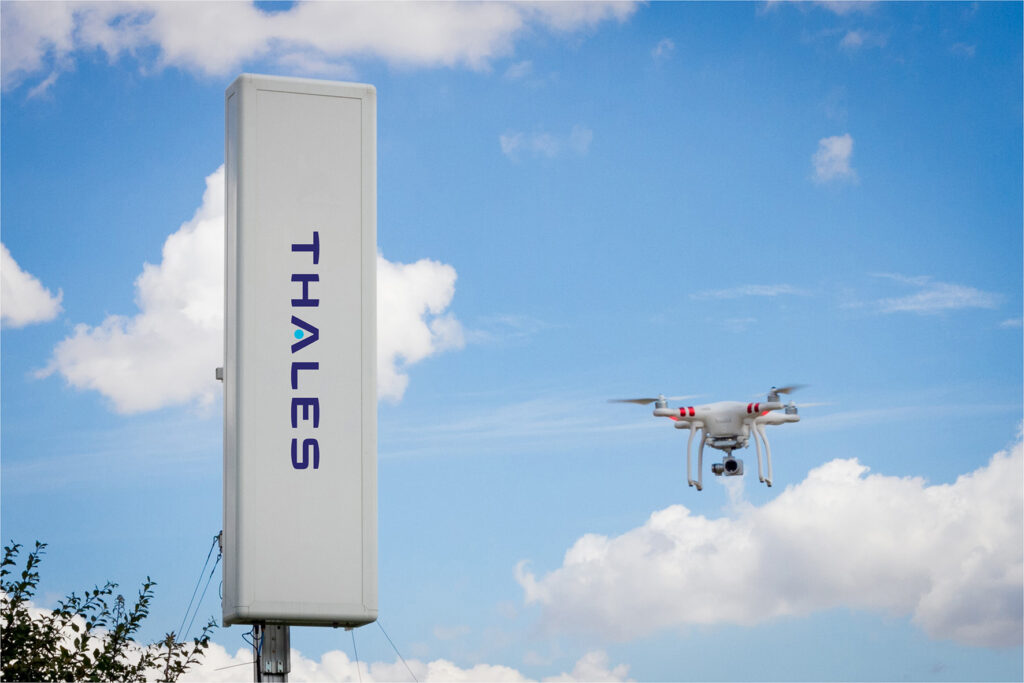


The increase in the number of drones flying around the world has been exponential. In less than a decade, drones have gone from an expensive technology available to a few, to a mainstream toy or capability within reach of anybody.

Knowing what is flying and where, be it collaborative or non-collaborative is a must. Unmanned aircraft systems (UAS) represent a significant threat for airports, airlines and, ultimately, air passengers worldwide.
A few incidents have already demonstrated how even just the presence of a drone near an airport’s glidepath – let alone a collision – can affect airport operations. Hours of closures, hundreds of delayed or cancelled flights, dissatisfied passengers, all incur considerable costs for both airlines and airports. Incidents that may also adversely affect reputation.
Yet, today radar technologies currently deployed at most airports around the world are not designed to deal with UAS, in particular micro (2kg) and mini (2-20kg) drones. These drones feature a very small Radar Cross Section (RCS) capable of flying at low altitudes, high speeds and unpredictable patterns, making them objects particularly difficult to detect.
No one sensor can tackle the UAS threat alone, especially as the menace from non-collaborative drones – that is, drones flying without transmitting any information allowing their identification – continues to increase.
The right combination according to airport needs lies in the ability to design a bespoke solution that can efficiently and effectively detect, identify and track any UAS.
To address this fast-emerging drone threat we have developed the EagleShield – CUAS for Airports – (Counter – Unmanned Aerial System). A multi-sensor solution featuring its core the Gamekeeper holographic radar, enabling, long-range detection, identification and tracking of both collaborative and non-collaborative drones, protecting airport glidepaths for safer take-offs and landings.

EagleShield -CUAS for Airports– is a multi-layered and scalable solution comprising: a Gamekeeper holographic radar, long-range electro-optic (EO) sensors, Radio Frequency Direction Finders (RF) and remote ID sensors. The Gamekeeper radar features a 7.5km detection range and a 90° horizontal coverage, and the long-range EO sensors are crucial to detect non-collaborative drones – that is, drones flying without transmitting any information allowing their identification.
There are two key advantages to having a multi-layered drone detection system: The fusion of multiple sensors increases detection while also reducing false alarms, making sure that flight operations stay on time and are not interrupted by false alarms. In addition as a system of system solution, EagleShield -CUAS for Airports– is sensor- agnostic. The Gamekeeper radar and network infrastructure provided by Thales can integrate a large range of EO sensors, RF and/or remote ID sensor solutions according to airport operational needs. This offers a high level of flexibility to airports large or small around the world and ensures flight operations stay on time and remain secure.
EagleShield -CUAS for Airports– provides a holistic, long-range protection of the glidepaths and airport vicinity against non-collaborative and collaborative UAS. With 3 demonstration centers in the world, discover the demo for yourself.
To find out more join us on the Thales stand J25 at Airspace World show or contact communications.ams@thalesgroup.com.